Comments / Questions (7)
![]() Janine Rea wrote:
Janine Rea wrote:
The pullover sleeve looks like it has a decorative external seam near the wrist but I can't see anything in the pattern to indicate this. How is the decorative seam achieved on the wrist please?
19.12.2023 - 19:41DROPS Design answered:
Dear Janine, there is a short split in the bottom of each sleeve - this bottom part we knit in rows back and forth. So finally just sešijte sew this slit so that the edges of the piece remain on the RS. Sew the front piece the same way - see seam in the middle of front piece. Happy knitting!
13.01.2024 - 17:48
![]() Mirjam wrote:
Mirjam wrote:
“1 række i diag = 7 cm glatstrik med vrangen ud.“ Da der er 10 rækker i diagrammerne giver det 70 cm . Hvordan kan det passe sammen med at længden på blusen er mellem 50 og 58 cm?
19.03.2023 - 22:32DROPS Design answered:
Hei Mirjam. Jo, men det står i oppskriften at du skal strikke M.2 til ferdig mål (du skal ikke strikke hele M.2 til genseren, M.2 brukes også i oppskriften Lang jakke). Så se i oppskriften og cm målene når det skal felles til ermhull, midt foran til hals og når det felles av i den nstr. du strikker etter. mvh DROPS Design
20.03.2023 - 13:55
![]() Karin wrote:
Karin wrote:
Jag stickar koftan i storlek M. Stickfastheten stämmer exakt. Nu när ärmen mäter 53 cm har jag avmaskat 4 m 2ggr, 3 m 2ggr och 2 m 1 gång. Jag har 31 m kvar på stickan. Det är något fel i mönstret. Antingen borde man starta med avmaskning till ärmkulle tidigare än vid 48 cm, eller så blir ärmen mycket längre än 54 cm?????
15.04.2021 - 16:43DROPS Design answered:
Hej Karin, så lukker du 3 masker af i hver side på de sidste 2 pinde og arbejdet måler 54 cm. Du skal nok få det til at passe ind i ærmekuplen. Vi kan godt se hvad du mener og at vi skulle have startet 1 cm tidligere! Tak for info :)
28.04.2021 - 14:59
![]() Karin wrote:
Karin wrote:
Ska nu avmaska för ärmkullen och måtten stämmer inte alls. Ärmen mäter 53 cm och jag har avmaskat 4 m 2 ggr och 3 m 2 ggr. Det blir ju en väldigt tvär avmaskning om ärmen är färdig här?
26.03.2021 - 21:26DROPS Design answered:
Hei Karin. Er strikkefastheten i høyden overholdt? Strikker du genseren eller jakken? Og hvilken størrelse? Når jakke ermet måler 49-48-47-45-43 cm felles det til ermtopp i hver side på hver. Når ermet til genseren måler 49-47-46-44-43 cm felles det til ermtopp i hver side på hver. mvh DROPS design
12.04.2021 - 11:53
![]() Karin wrote:
Karin wrote:
Ska kantmaskan stickas i rätstickning?
23.02.2021 - 18:15DROPS Design answered:
Hej Karin, ja det kan du gøre :)
24.02.2021 - 15:23
![]() Mina wrote:
Mina wrote:
Hi, would it be possible to get the pattern chart that's on page 18 of the catalogue as a PDF file or something similar? Thanks!
11.10.2016 - 08:02DROPS Design answered:
Dear Mina, you will find diagrams to this pattern at the very bottom of page (scroll down) - below diagram text you will see M.1, M.2 and M.3 each 4 sts x 10 rows. Happy knitting!
11.10.2016 - 09:25
![]() Busarello Sabine wrote:
Busarello Sabine wrote:
Dans ce modèle il y a un soucis avec les couleurs vous mettez les différentes couleurs et numéros de la laine safran et dans l'explication vous mettez que ces même couleurs sont pour drops coton viscose alors que dans cette catégorie il n'y a que le beige clair je ne comprend pas
01.07.2015 - 14:56DROPS Design answered:
Bonjour Mme Busarello, les couleurs concernaient effectivement uniquement les fils Safran, les modifications ont été faites, merci. Bon tricot!
01.07.2015 - 16:38
Desert Shades |
|||||||||||||||||||||||||
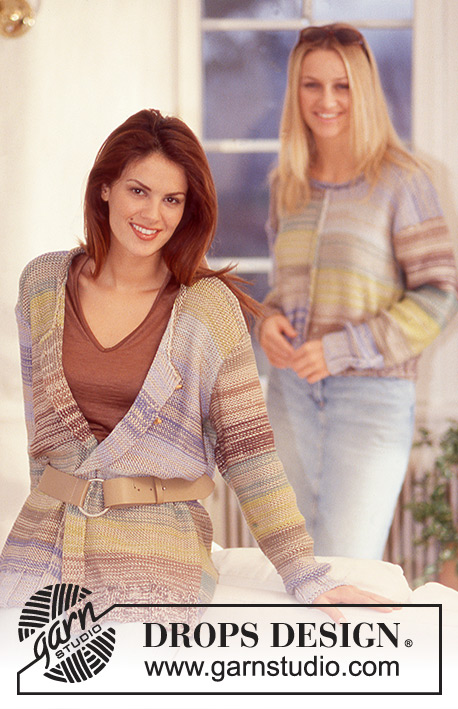 |
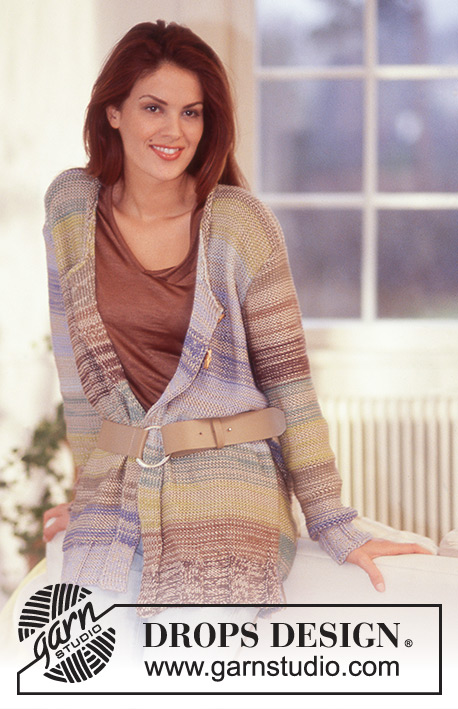 |
||||||||||||||||||||||||
DROPS Cardigan and Pullover in Safran and Cotton Viscose.
DROPS 74-8 |
|||||||||||||||||||||||||
|
Gauge: 16 sts x 20 rows with 1 strand Safran + 1 strand Cotton Viscose = 10 x 10 cm on larger needles in stockinette st. Pattern: See the charts for Model No. 8 on page 18 of Drops No. 74. The entire pattern is knit in reverse stockinette st. 1 row of chart = 7 cm of that color combination. Continue with last color combination to finished measurements. CARDIGAN: Back: Cast on 82-89-98-105-114 sts on smaller needles with 1 strand denim blue Safran + 1 strand Cotton-Viscose. (1st row = right side). Knit rib as follows: Sizes S, L and XXL: K 1 (edge st knit in garter st throughout), P 5, * K 7, P 9 *, repeat from * - * a total of 4-5-6 times, finish with K 7, P 4 and K 1 (edge st knit in garter st throughout). Sizes M and XL: K 1 (edge st knit in garter st throughout), * K 7, P 9 *, repeat from * - * a total of 5-6 times, finish with K 7 and K 1 (edge st knit in garter st throughout). When the piece measures 7 cm change to larger needles and reverse stockinette st, decreasing 0-1-4-3-6 sts evenly distributed on the first row = 82-88-94-102-108 sts and follow Pattern 3 - see instructions above. When the piece measures 20 cm dec 1 st at each side every 9-9-10-10-11 cm a total of 3 times = 76-82-88-96-102 sts. When the piece measures 51-53-55-57-59 cm bind off for armholes at each side every other row: 3 sts 1-1-1-2-2 times, 2 sts 1-1-2-2-2 times and 1 st 0-2-2-2-4 times = 66-68-70-72-74 sts. When the piece measures 68-71-74-77-80 cm bind off the center 12-12-14-16-16 sts for the neck. On the next row dec 1 st at each neck edge = 26-27-27-27-28 sts remain on each shoulder. Bind off when piece measures approx. 70-73-76-79-82 cm. Left front: Cast on 51-56-51-56-67 sts on smaller needles with 1 strand periwinkle Safran + 1 strand Cotton-Viscose. Knit rib as follows beginning at side edge (1st row = right side row): Sizes S, L and XXL: K 1 (edge st knit in garter st throughout), P 4, * K 7, P 9 *, repeat from * - * a total of 1-1-2 times, finish with K 7 and P 23 at the center front. Size M and XL: K 1 (edge st knit in garter st throughout), * P 9, K 7 *, repeat from * - * a total of 2-2 times, finish with P 23 at the center front. Continue in rib as established until the piece measures 7 cm. Change to larger needles and reverse stockinette st: Sizes S, M and XXL decreasing 3-5-6 sts Sizes L and XL increasing 3-2 sts evenly distributed on the first row = 48-51-54-58-61 sts =and follow Pattern 2 - see instructions above. When the piece measures 20 cm dec 1 st at side edge every 9-9-10-10-11 cm a total of 3 times = 45-48-51-55-58 sts. When piece measures 51-53-55-57-59 cm bind off for armhole at the side as on back. At the same time when the piece measures 54-56-58-60-62 cm bind off 14 sts at center front edge for neck. Then dec 1 st for at neck edge every 6 rows 0-0-1-2-2 times = 26-27-27-27-28 sts remain on shoulder. Bind off when the piece measures 70-73-76-79-82 cm. Right front: Cast on with 1 strand dark brown Safran + 1 strand Cotton-Viscose and knit rib as on left front, reversing shaping. After the rib continue in reverse stockinette st following Pattern 1 to finished measurements - see instructions above. Bind off for armhole and neck as on left front, reversing shaping. Left sleeve: Cast on 36-37-39-40-42 sts on smaller needles with 1 strand dark brown Safran + 1 strand Cotton-Viscose. Knit rib as follows: K 1, P 2-3-4-4-5, * K 5, P 7 *, repeat from * - * a total of 2 times, finish with K 5, P 3-3-4-5-6, K 1. Knit rib as established until the piece measures 7 cm. Change to larger needles and reverse stockinette st following Pattern 1 to finished measurements - see instructions above. At the same time when the piece measures 8-8-7-7-6 cm inc 1 st at each side every 3.5-3-3-2.5-2.5 cm a total of 12-13-13-15-15 times = 60-63-65-70-72 sts. When sleeve measures 49-48-47-45-43 cm bind off for sleeve cap at each side every other row: 4 sts 2 times, 3 sts 2-2-2-0-0 times, 2 sts 1-1-1-2-2 times and 1 st 3-1-1-1-4 times, then bind off 2 sts at each side until the piece measures 53 cm and then bind off 3 sts 1 time. Bind off the remaining sts, the piece measures approx. 54 cm. Right sleeve: Cast on with 1 strand light blue violet Safran + 1 strand Cotton-Viscose and knit rib as on left sleeve. Then continue the same as left sleeve, but following Pattern 2. Assembly: Sew shoulder seams. Button band: Fold 7 sts at each center front to the right side, stitch down. Neckband: Pick up approx. 46-58 sts around the neck (pick up through both layers on button bands) on larger needles with 1 strand grey green Safran + 1 strand Cotton-Viscose and knit 5 rows stockinette st (= rolled edge). Bind off. Button loops: Crochet button loops along right front as follows: Ch 6, skip over 2 knitted sts, 1 sc in the next st. Fasten yarn. The first loop starts in the transition between neckband and rolled edge. Make 1-5 loops more (as desired) with approx. 7 cm between each loop. Sew on buttons. Sew in sleeves. Sew sleeve and side seams using edge sts as a seam allowance. PULLOVER: The pullover is knit with 2 front pieces seamed together at center front and 2 back pieces seamed together at center back. The seam allowances are on the right side, as a decorative feature. For this reason, it is advisable to make all yarn changes at the side edges rather than the center edges. Left front: Cast on 40-40-52-52-52 sts on smaller needles with 1 strand light blue violet Safran + 1 strand Cotton Viscose. Establish rib as follows from side edge (row 1 = right side): P 5, * K 5, P 7*, repeat from * - * a total of 2-2-3-3-3 times, finish with K 5, P 6. Continue in rib as established until the piece measures 6 cm. Change to larger needles and reverse stockinette st over all sts, following Pattern 2 color changes to finished measurements - see instructions above - and on the first row: Sizes S, M and XXL: inc 1-5-2 sts evenly distributed Sizes L and XL: dec 4-1 sts evenly distributed = 41-45-48-51-54 sts. When the piece measures 31-32-33-34-35 cm bind off for armhole at the side every other row: 3 sts 1-1-1-2-2 times, 2 sts 1-2-2-2-3 times, 1 st 1-2-4-3-3 times = 35-36-37-38-39 sts. When the piece measures 40-42-43-44-46 cm bind off 10-10-11-11-11 sts at center edge for neck. Then bind off at neck edge every other row: 2 sts 1 time and 1 st 3 times = 20-21-21-22-23 sts remain on shoulder. Bind off when the piece measures 50-52-54-56-58 cm. Right front: Cast on 40-40-52-52-52 sts with 1 strand dark brown Safran + 1 strand Cotton-Viscose on smaller needles. Establish rib as follows from front edge (row 1 = right side): P 6, K 5, * P 7, K 5 *, repeat from * - * a total of 2-2-3-3-3 times, P 5. Continue in rib as established until piece measures 6 cm, change to larger needles and reverse stockinette st over all sts, following Pattern 1 color changes, and on the first row: Sizes S, M and XXL: inc 1-5-2 sts evenly distributed Sizes L and XL: dec 4-1 sts evenly distributed = 41-45-48-51-54 sts. Bind off for armhole and neck as on left front, reversing shaping. Left back: Cast on and knit the same as the left front. Bind off for armhole as on front and continue until the piece measures 48-50-52-54-56 cm. Now bind off 13-13-14-14-14 sts at center edge for neck. Then bind off 2 sts at each neck edge on the next row = 20-21-21-22-23 sts remain on shoulder. Bind off when the piece measures 50-52-54-56-58 cm. Right back: Cast on and knit the same as right front. Bind off for armhole and neck as on left back, reversing all shaping. Left sleeve: Cast on 38-38-40-40-40 sts on smaller needles with 1 strand dark brown Safran + 1 strand Cotton-Viscose. Establish rib back and forth as follows: Sizes S + M: P 1, * P 7, K 5 *, repeat from * - * a total of 3 times, P 1. Sizes L + XL + XXL: P 8, * K 5, P 7*, repeat from * - * a total of 2 times, finish with K 6, P 2. Continue the rib as established until the piece measures 6 cm. Change to larger needles and reverse stockinette st following Pattern 1 to finished measurements - see instructions above. When the piece measures 7-7-7-7-9 cm = 2¾"-2¾"-2¾"-2¾"-3½" the piece is joined and worked in the round, start the round in the middle of the row so that there will be a slit at the top of the sleeve. At the same time inc 1 st at each side every 4-3.5-3-2.5-2 cm a total of 11-12-13-15-16 times = 60-62-66-70-72 sts. When sleeve measures 49-47-46-44-43 cm bind off for sleeve cap at each side every other row: 3 sts 1 time, then 2 sts each side until piece measures approx. 53 cm and then bind off 3 sts at each side 1 time. Bind off the remaining sts, the piece measures approx. 54 cm. Right sleeve: Cast on with 1 strand light blue violet Safran + 1 strand Cotton Viscose and knit rib as on left sleeve. Then knit the same as left sleeve, but following Pattern 2. Assembly: Sew right and left fronts together, and right and left backs together using 2 edge sts as seam allowance. Sew from the right side of the garment so that the seam allowances will be visible on the outside. Sew shoulder seams. Sew the split on the sleeves the same way as the front piece. Neckband: Pick up approx. 68-80 sts around the neck on larger double pointed needles with 1 strand denim blue Safran + 1 strand Cotton Viscose and knit 5 rows stockinette st, then bind off (= rolled edge). Sew in sleeves. Sew sleeve and side seams using edge sts as a seam allowance. |
|||||||||||||||||||||||||
Diagram explanations |
|||||||||||||||||||||||||
|
|||||||||||||||||||||||||
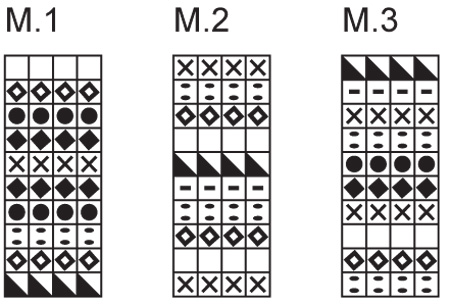 |
|||||||||||||||||||||||||
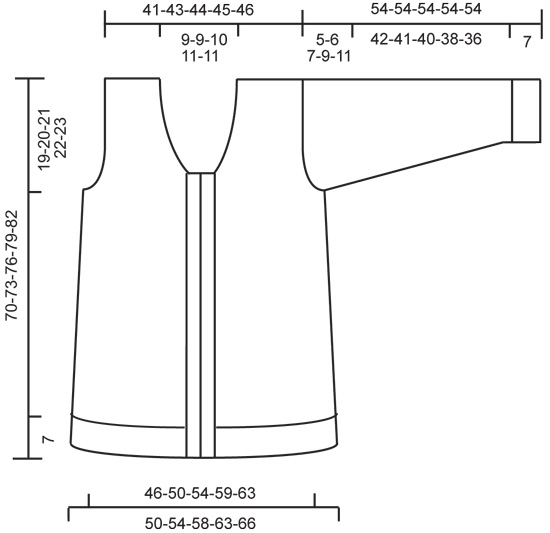 |
|||||||||||||||||||||||||
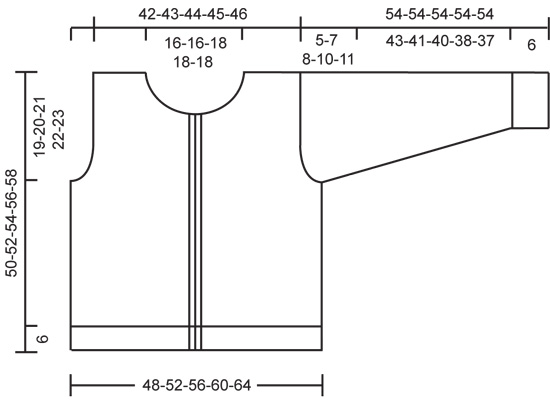 |
|||||||||||||||||||||||||
Have you finished this pattern?Tag your pictures with #dropspattern or submit them to the #dropsfan gallery. Do you need help with this pattern?You'll find 15 tutorial videos, a Comments/Questions area and more by visiting the pattern on garnstudio.com. © 1982-2025 DROPS Design A/S. We reserve all rights. This document, including all its sub-sections, has copyrights. Read more about what you can do with our patterns at the bottom of each pattern on our site. |
|||||||||||||||||||||||||

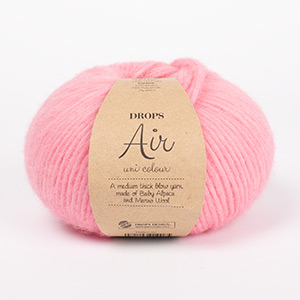





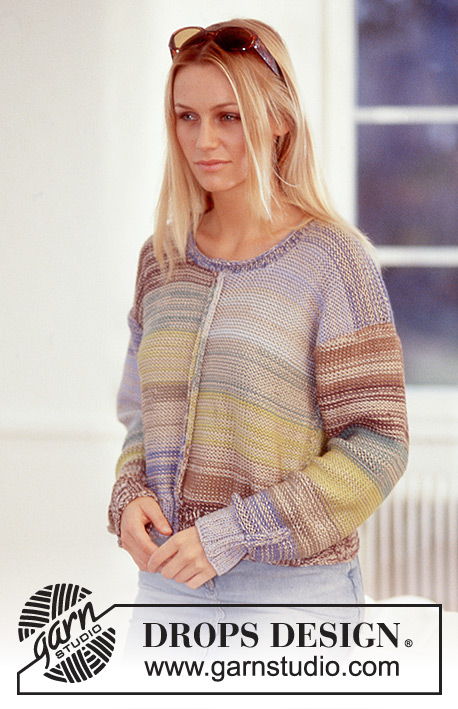
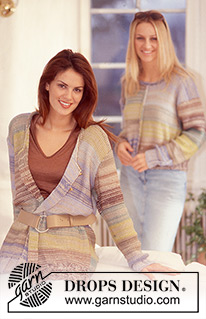
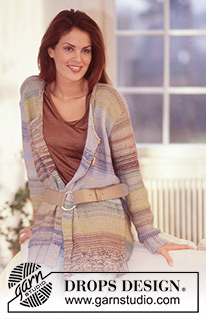
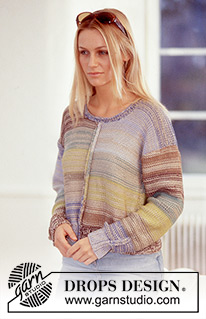




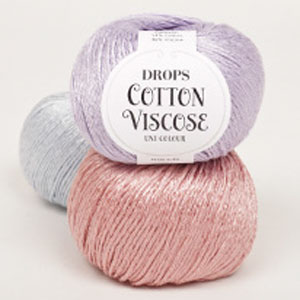
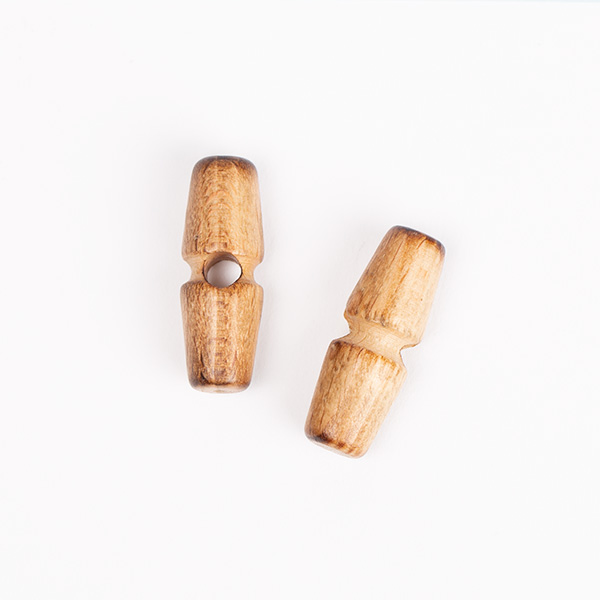
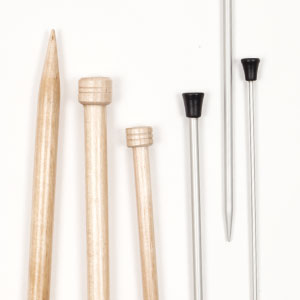
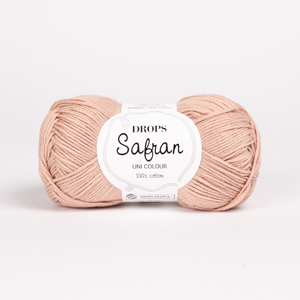

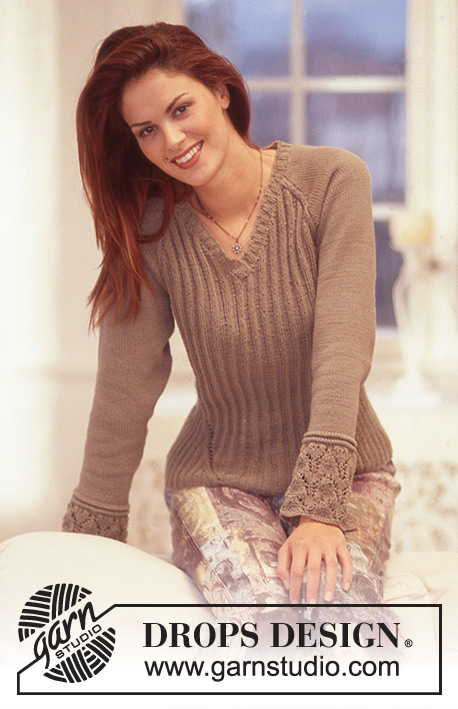
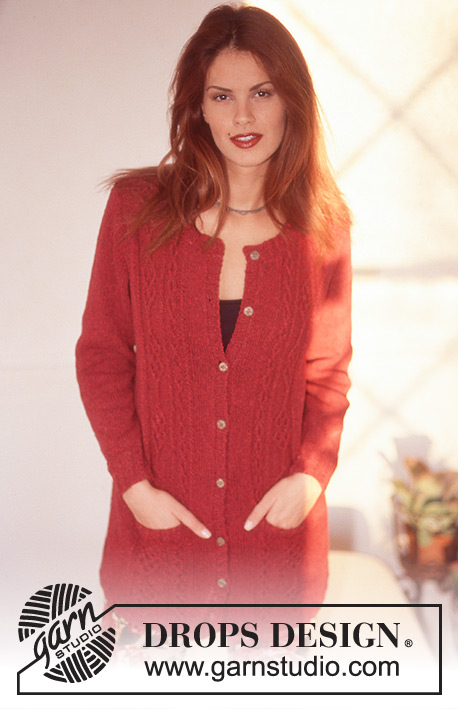
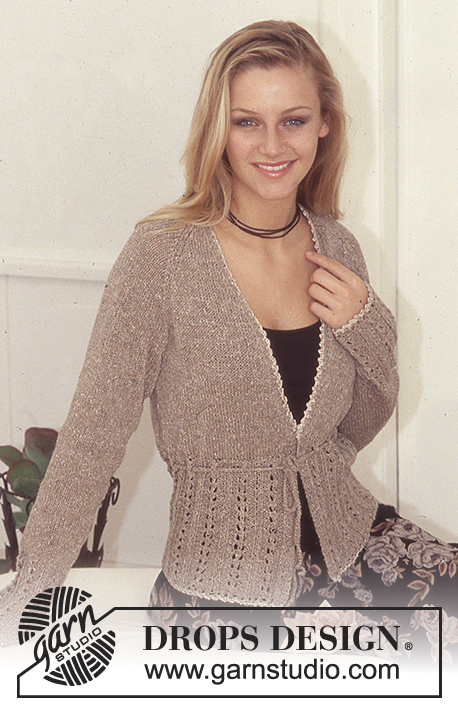
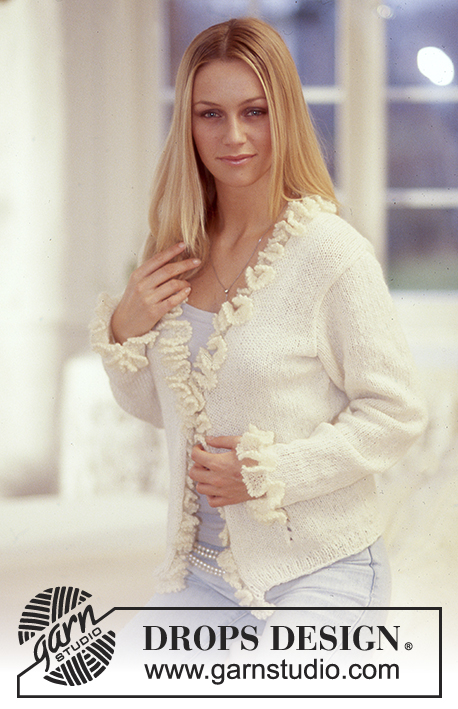
























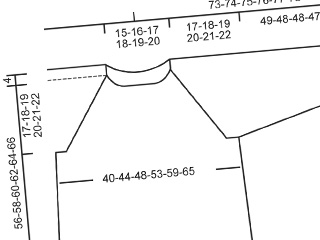
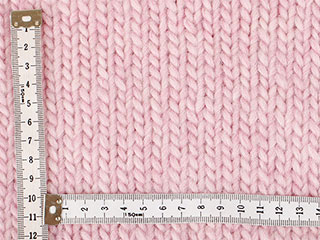
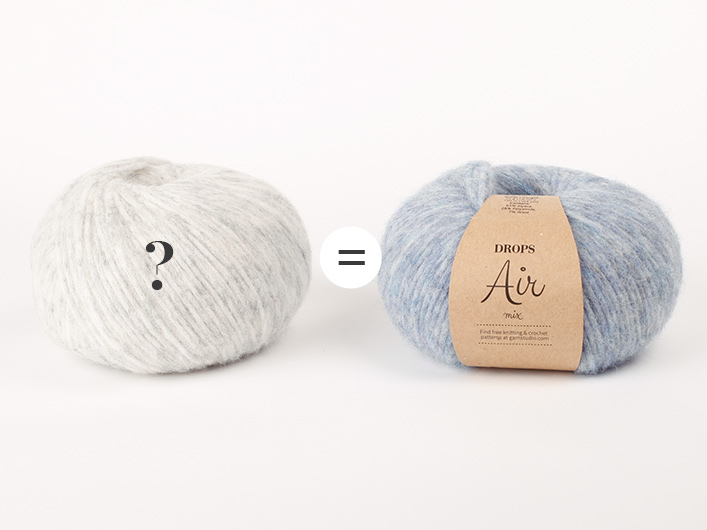
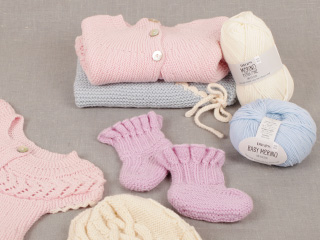
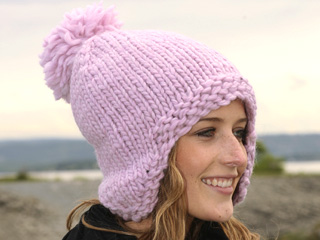
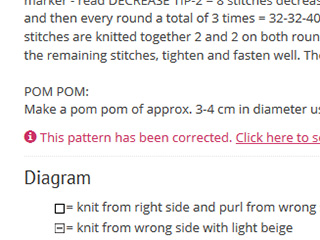
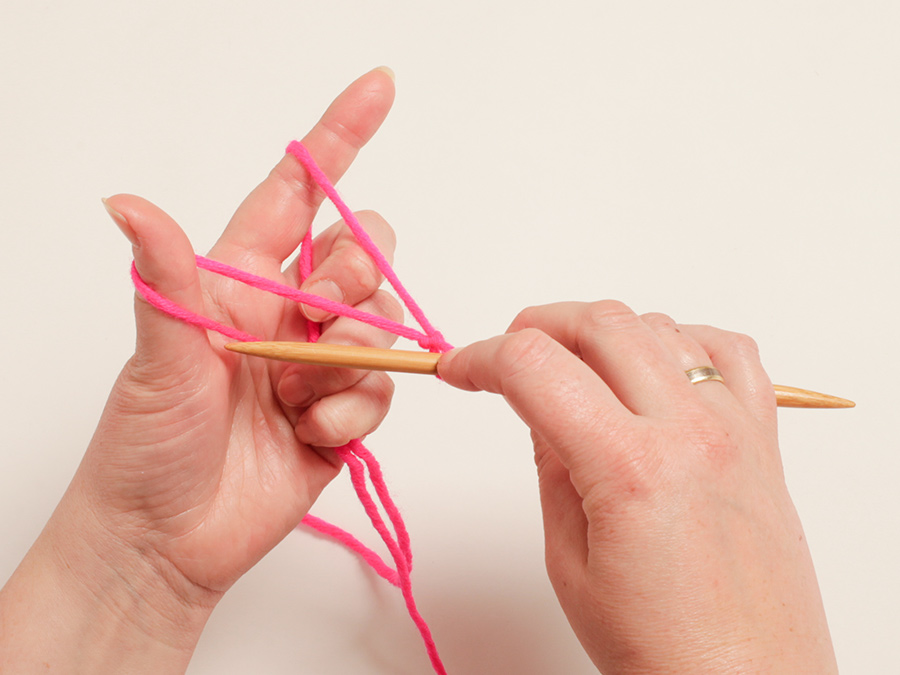
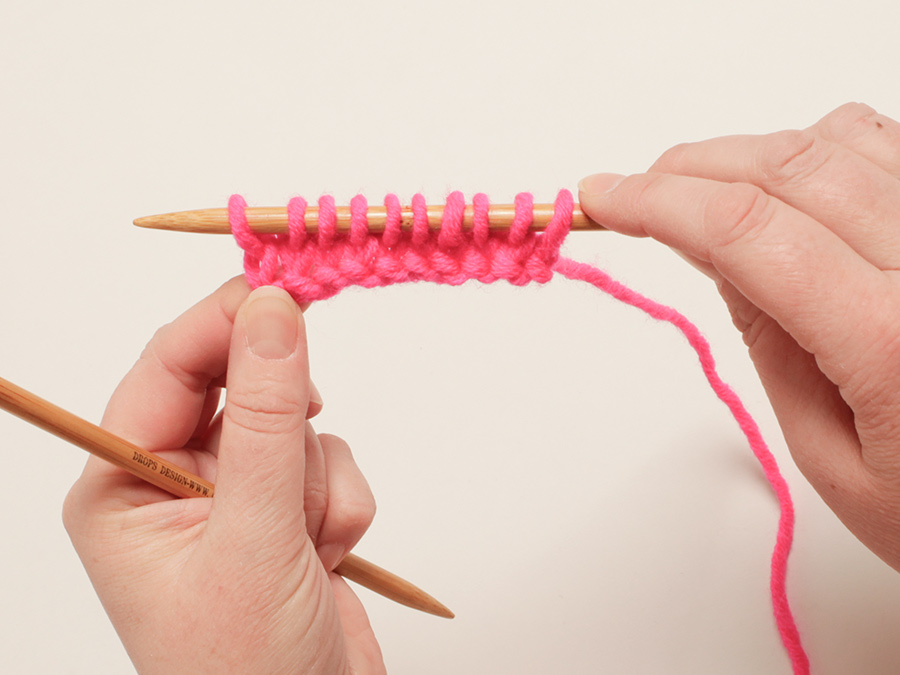
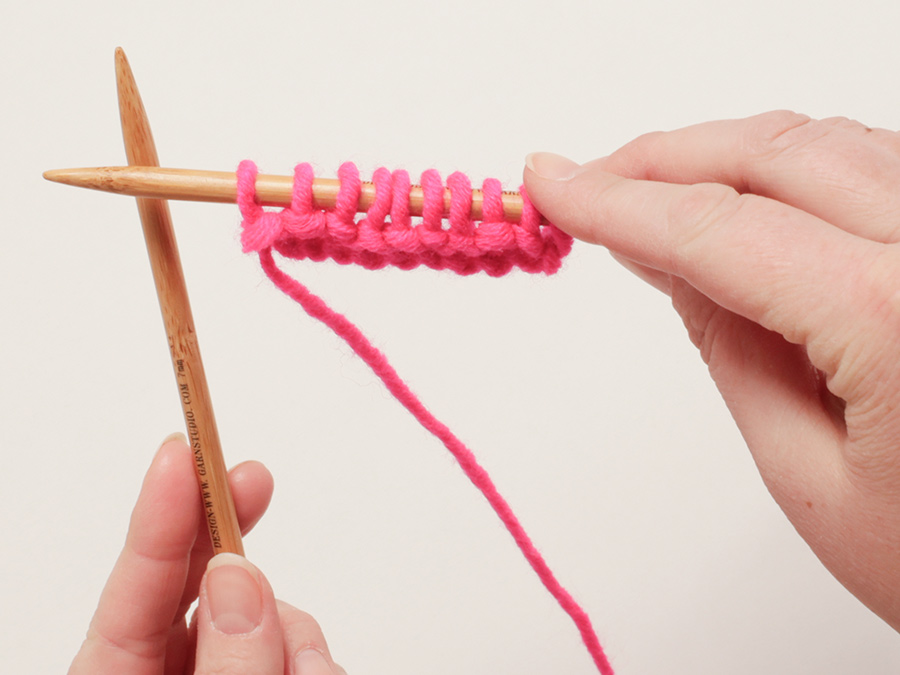
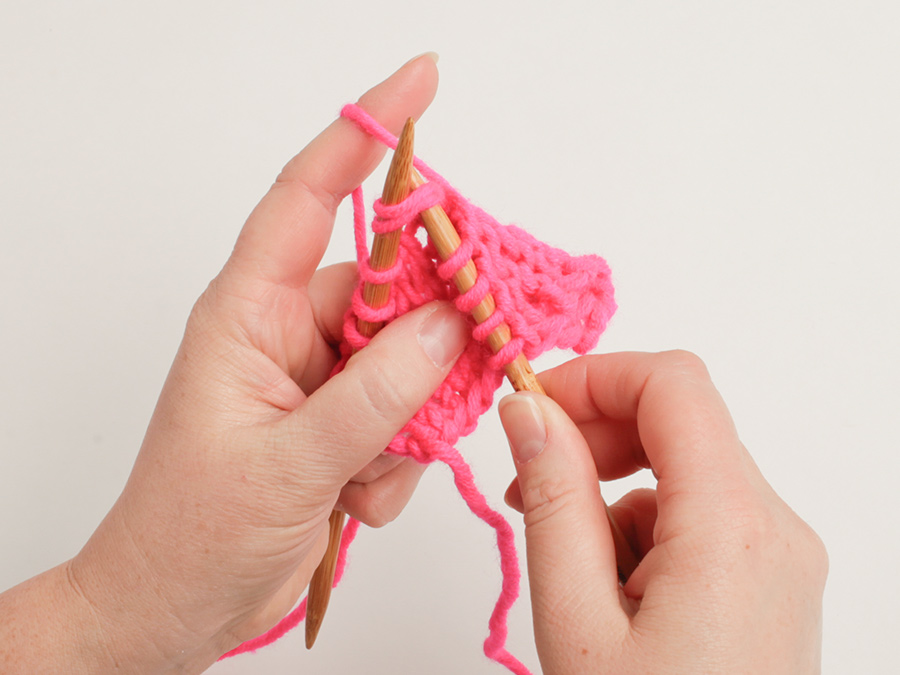
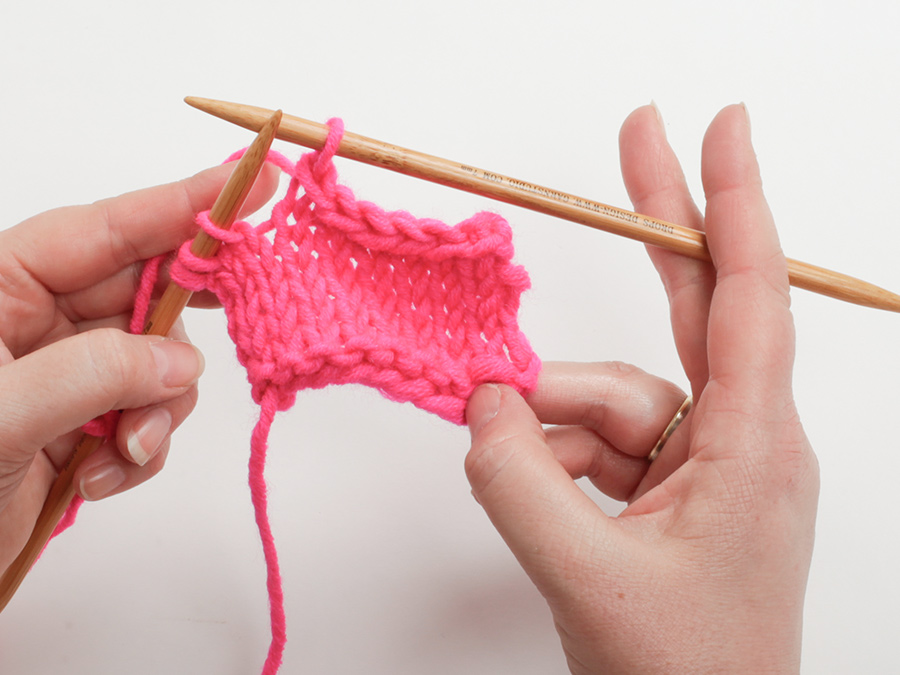
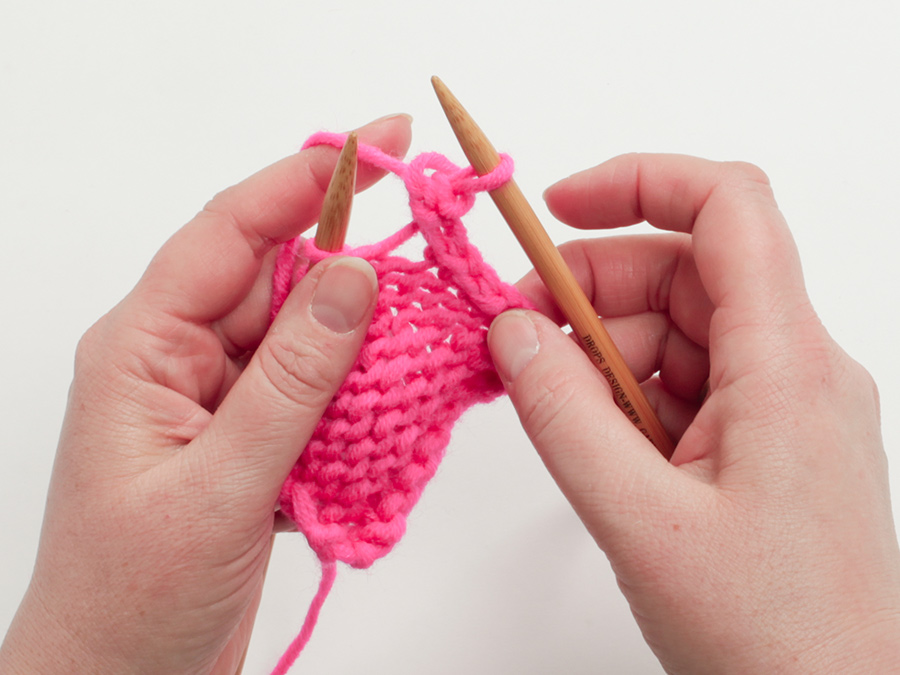
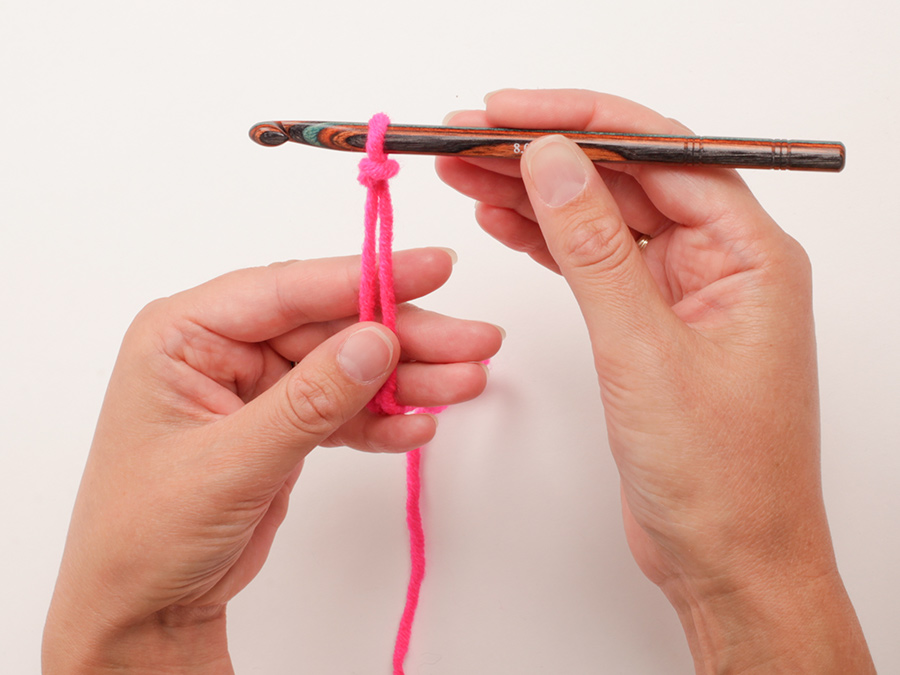
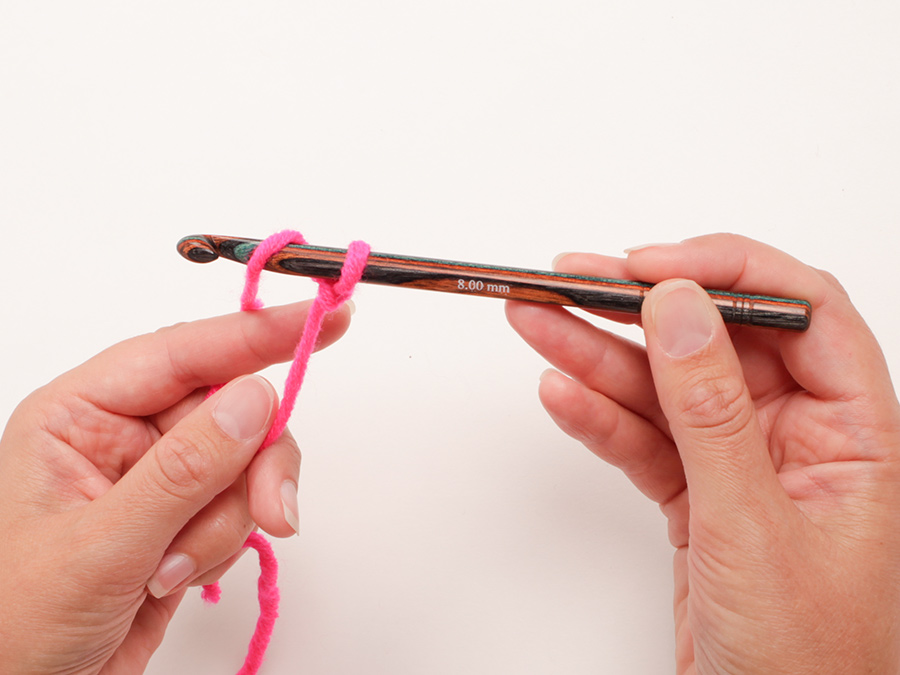
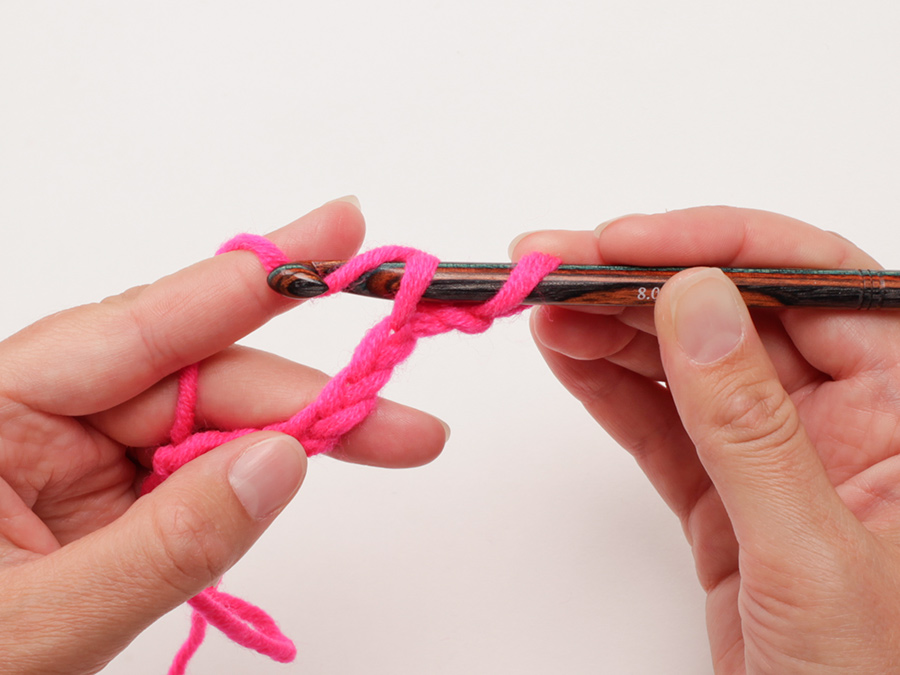
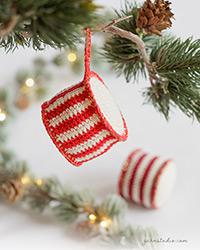
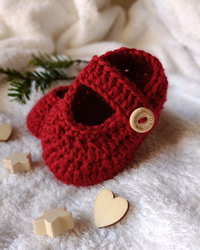
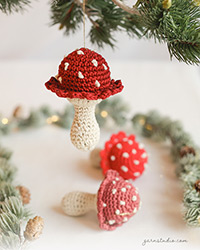
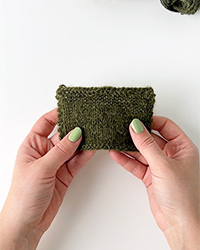
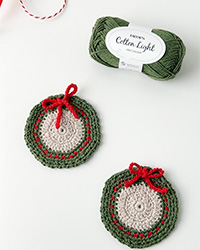
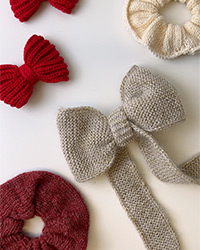
Post a comment to pattern DROPS 74-8
We would love to hear what you have to say about this pattern!
If you want to leave a question, please make sure you select the correct category in the form below, to speed up the answering process. Required fields are marked *.